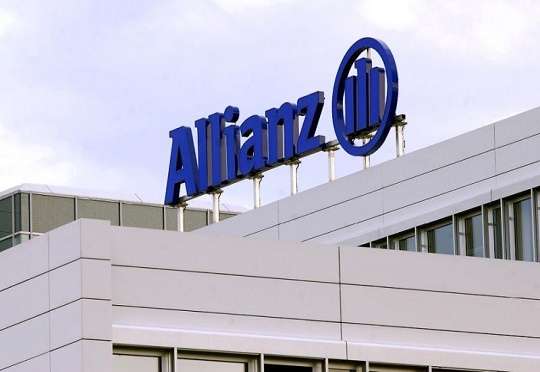Thomas Sepp, the Allianz Global Corporate & Specialty (AGCS) Chief Claims Officer and Board Member, has disclosed that fire, faulty workmanship, and natural catastrophes top causes of insurance claims.
According to AGCS Chief Claims Officer, insurance claims from companies have become more severe over the past five years due to factors such as higher property and asset values, more complex supply chains and the growing concentration of exposures in one location, such as in natural catastrophe-prone areas.
“The future does not look brighter anytime soon. Companies and their insurers have shown resilience to weather the loss impact of the pandemic, but the ongoing war in Ukraine, a spike in the cost and frequency of business interruption losses and the sustained elevated level of cyber claims are creating new challenges. At the same time, the top two causes of claims, fires and natural hazards, remain significant loss drivers for companies. Last but not least, the impact of soaring inflation around the world will bring further pressure on claims costs.”
Thomas Sepp
Inflation Puts Undervaluation of Assets in the Spotlight
Thomas Sepp noted that, ultimately, inflation brings pressure on claims costs from multiple angles. Property and construction insurance claims, in particular, are exposed to higher inflation, as rebuilds and repairs are linked to the cost of materials and labor, while shortages and longer delivery times inflate business interruption (BI) values. Other lines of insurance, such as directors and officers, professional indemnity and general liability, are also susceptible to inflationary pressures through rising legal defense costs and higher settlements.
“Replacement costs more and replacement takes longer, and this means both the property damage and the business interruption loss are likely to be significantly higher.
“Updating insured values for all new contracts is therefore a pressing concern for insurers, brokers and insureds. If this doesn’t happen, our clients run the risk of not being fully reimbursed in the event of a loss, while insurers run the risk of underpricing exposures. The insurance market has already seen a number of claims where there has been a significant gap between the insured’s declared value and the actual replacement value.”
Thomas Sepp
For example, in a claim for a commercial property destroyed in the 2021 Colorado wildfires, the rebuild value was almost twice the declared value, due to a combination of inflation, demand surge, and underinsurance.
In one of the industry’s most comprehensive analyses, AGCS has identified the top causes of loss for companies from more than 530,000 insurance claims in over 200 countries and territories that it has been involved with between 2017 and 2021 (typically a number of insurers provide coverage jointly considering the huge values at stake in the corporate sector). These claims have an approximate value of €88.7bn, which means that the insurance companies involved have paid out – on average– over €48mn every day for five years to cover losses.
The analysis shows that almost 75% of financial losses arise from the top 10 causes of loss, while the top three causes account for close to half (45%) of the value. Despite improvements in risk management and fire prevention, fire/explosion (excluding wildfires) is the largest single identified cause of corporate insurance losses, accounting for 21% of the value of all claims. Fires have resulted in more than €18bn worth of insurance claims over five years, according to the analysis. Even the average claim totals around €1.5mn.
Natural catastrophes (15%) ranks as the second top cause of loss globally by value of claims. Collectively, the top five causes (based on more than 20,000 claims around the world)– hurricanes/tornados (29%); storm (19%); flood (14%); frost/ice/snow (9%) and earthquake/tsunami (6%) account for 77% of the value of all disaster claims.
READ ALSO: Ecobank Ghana Drags Index into Red





















